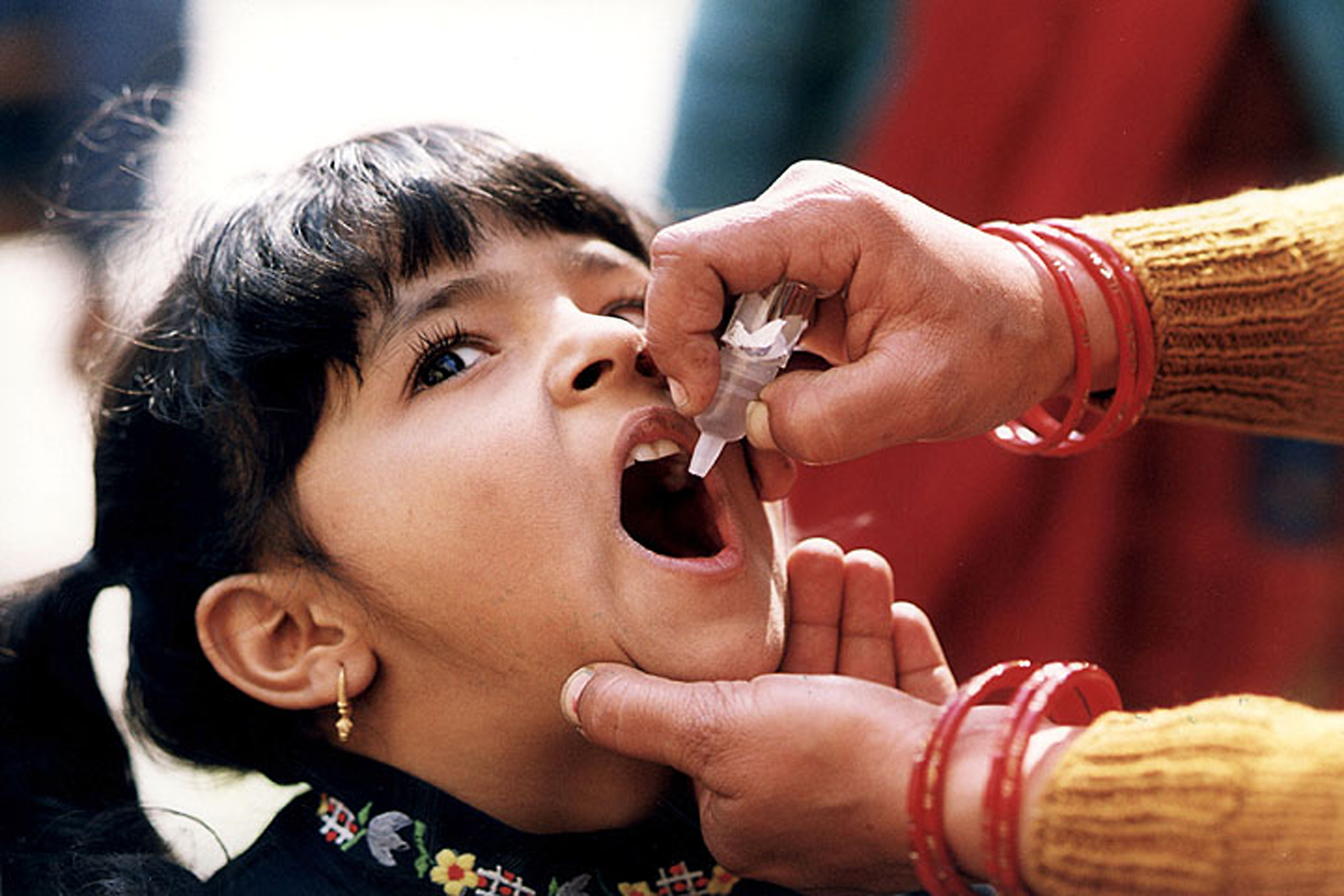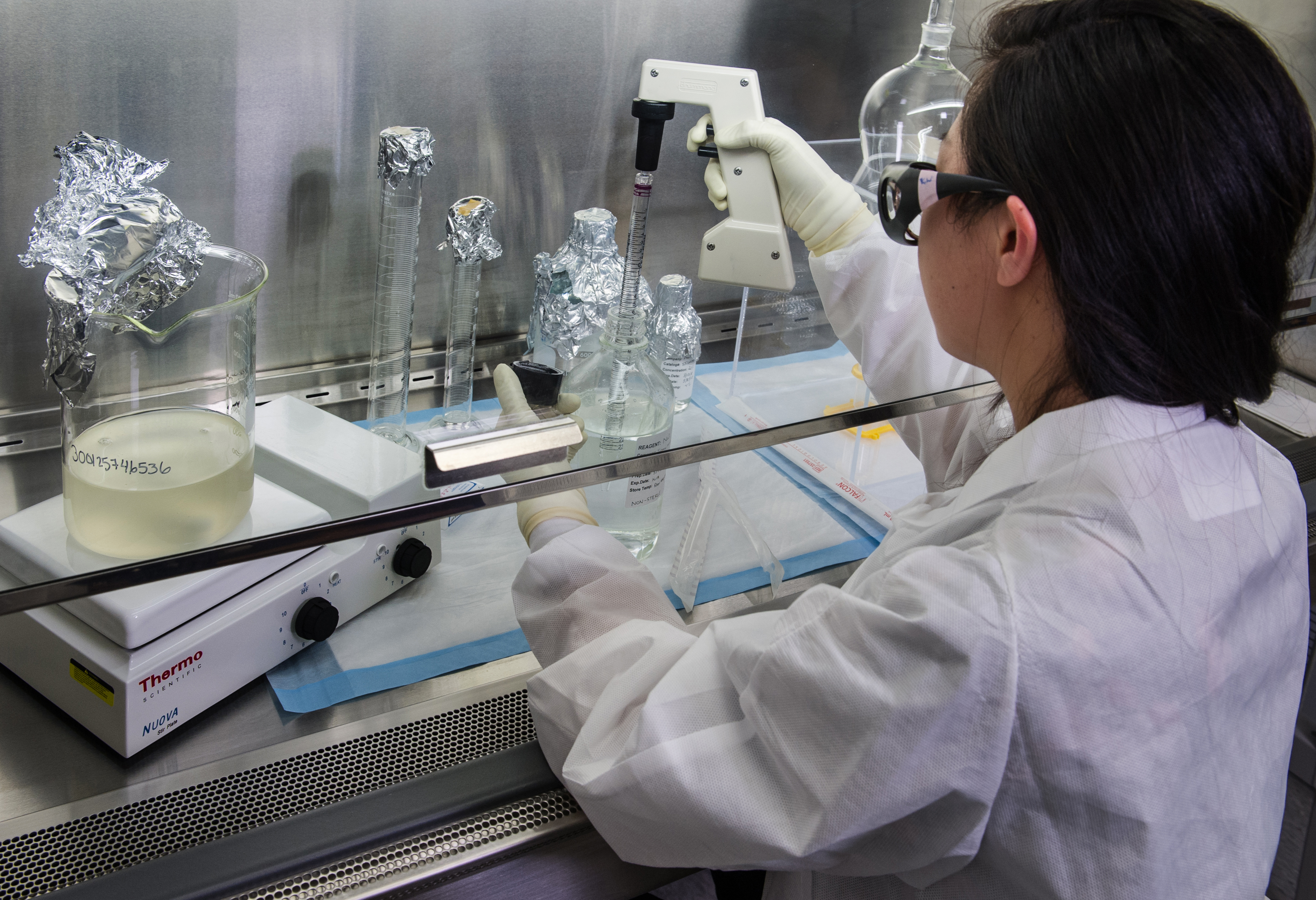Poliomyelitis << `POH` lee oh `MY` uh LY tihs >>, also called polio or pronounced infantile paralysis, is a serious infection caused by a virus. In the past, epidemics of polio were common and were greatly feared because the disease left many patients paralyzed for life. In the 1950’s, however, a vaccine against the disease was introduced. Since then, polio has been nearly eliminated in developed countries.
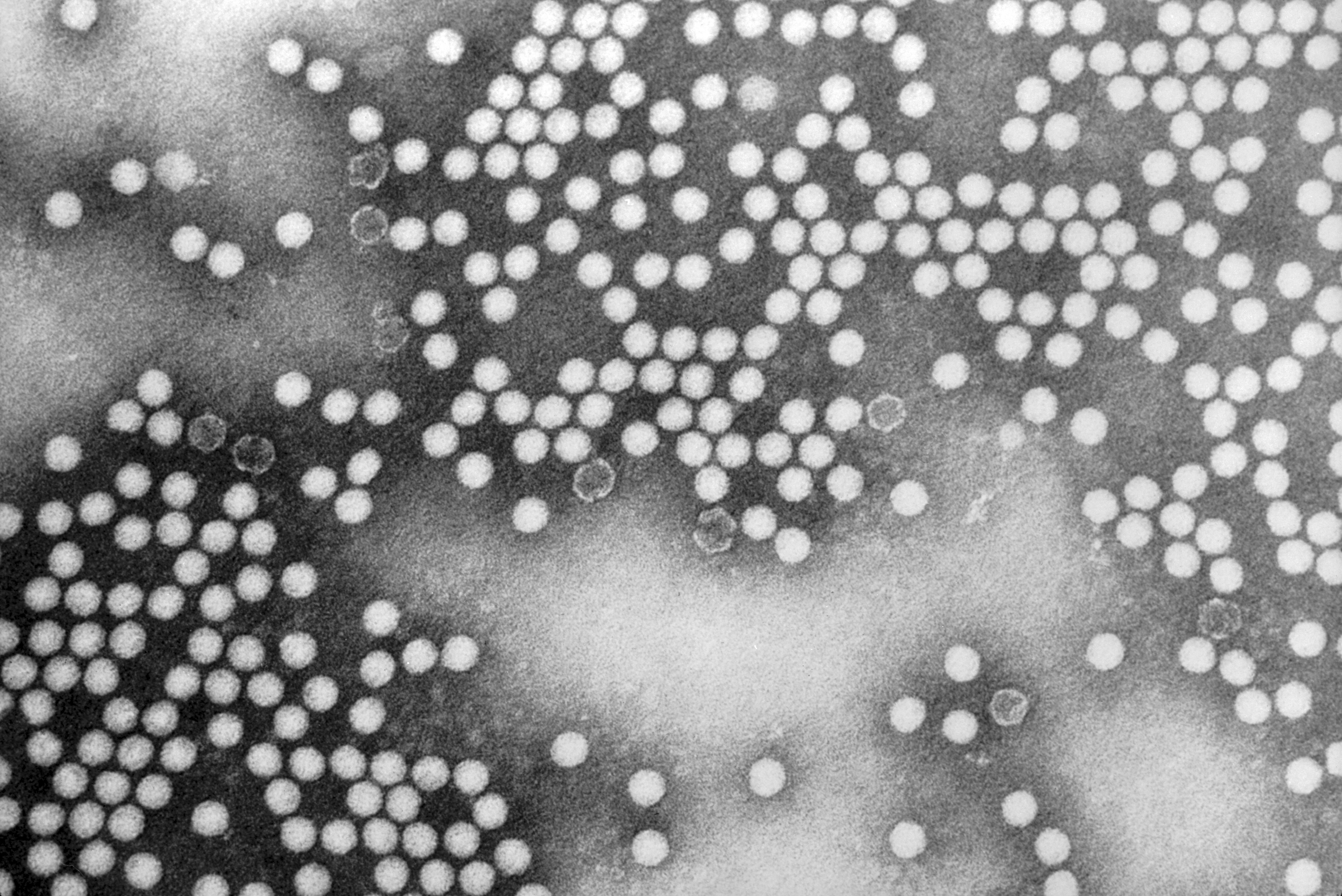
Symptoms.
A poliovirus may attack the nerve cells of the brain and spinal cord, causing paralysis. However, infection by a poliovirus does not always result in severe illness. Some patients show only mild symptoms, such as fever, headache, sore throat, and vomiting. Symptoms may disappear after about a day.
Severe polio attacks begin with the same symptoms as the mild attacks. The symptoms, however, do not disappear. Stiffness of the neck and back develops. The muscles become weak, and movement is difficult. Pain may occur in the back and legs, especially when these parts are stretched or straightened. If paralysis develops, the person may not be able to stand or walk.
Most people who develop polio do not become permanently paralyzed. Paralysis can occur in many degrees and combinations. Spinal poliomyelitis is probably the most common form of polio. It occurs when polioviruses attack the nerve cells that control the muscles of the legs, arms, trunk, diaphragm, abdomen, and pelvis. Bulbar paralysis is the most serious form of the disease. It results from damage to the nerve cells of the brain stem. Some of these nerves control the muscles for swallowing and for moving the eyes, tongue, face, and neck. The nerves that control breathing and the circulation of body fluids may also be affected.
Some polio patients suffer new symptoms about 30 years or more after the initial attack. These symptoms include fatigue, muscle weakness, pain in the joints, and difficulty breathing. Physicians are not sure what causes this condition, called post-polio syndrome.
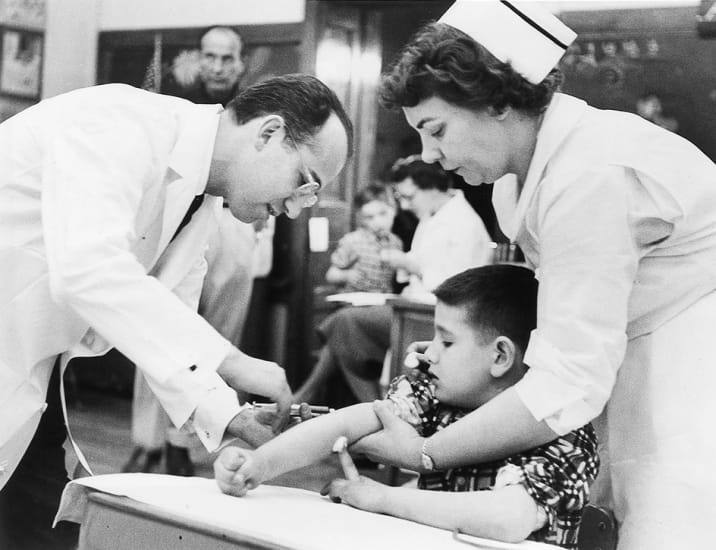
Jonas Salk discusses the polio vaccine
Causes.
Polioviruses can grow only in living cells. They get into the body through the nose and mouth and are carried to the intestines. Then they travel along the nerve fibers or are carried by the blood to the central nervous system. There, they enter a nerve cell and multiply so rapidly that they damage or kill the cell. Paralysis results when many cells are destroyed.
Scientists do not know why polio epidemics occur. People who become infected by the virus do not always get polio. The virus has been found in apparently healthy people, especially during epidemics.
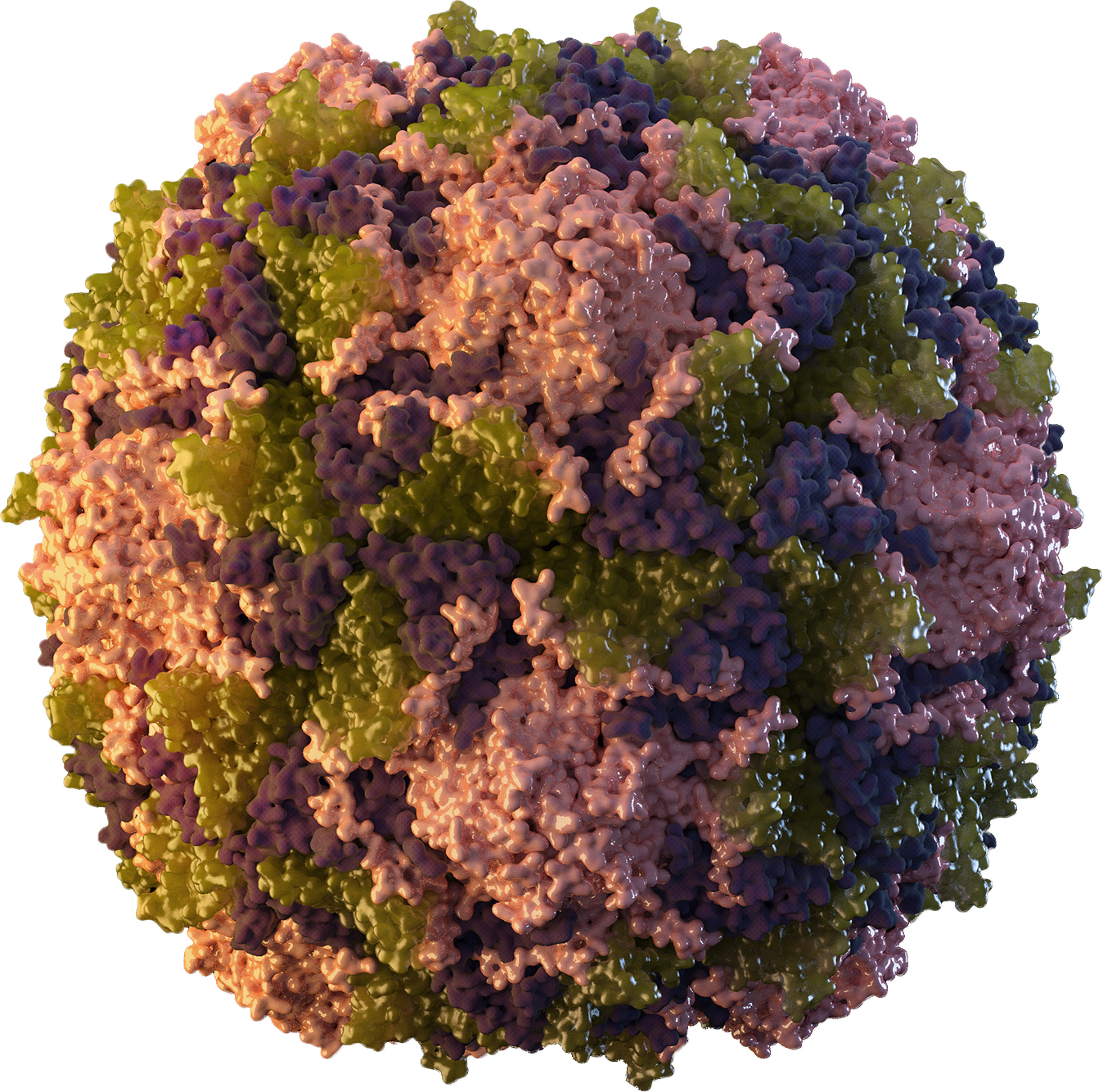
Treatment.
No drug has yet been found that can kill the poliovirus or control its spread in the body. But the degree of recovery often depends on immediate medical attention and good nursing care.
Complete rest in bed is perhaps the most important treatment. Doctors believe that fatigue may make the disease more severe. They use simple treatments, such as hot, moist bandages, to relieve pain. After the fever goes down, physical therapists may gently move the patient’s limbs to prevent deformities and painful tightening of the muscles. Later, more intensive exercises help strengthen and retrain the muscles. Even extensively paralyzed patients can often develop enough movement to carry on many activities. Less severely paralyzed people usually resume most of their previous activities. Some may need splints, braces, or crutches.
When breathing muscles are paralyzed, doctors may use a mechanical device such as a respirator to help the patient breathe. About two-thirds of such patients recover their natural breathing.
Prevention.
Children should be vaccinated against polio early in life. A vaccine is typically given in four doses—at 2 months of age, at 4 months, at 6 to 18 months, and a final booster dose at 4 to 6 years of age.
There are two polio vaccines. The first vaccine, developed by the American researcher Jonas E. Salk, is given by means of injection. It was declared safe and effective in 1955. This vaccine is made from viruses that have been killed and cannot cause disease.
The other polio vaccine is an oral vaccine—that is, it is taken by mouth. Albert B. Sabin, another American researcher, developed the oral vaccine, and the United States approved it for use in 1961. This vaccine is made from viruses that remain alive in a weakened form. The oral polio vaccine is inexpensive and does not need to be administered by a health care professional. These qualities make it practical to distribute widely, even in areas with poor access to health care. The oral vaccine has allowed many countries to eradicate (eliminate) polio.

Eradication.
Since 1988, governments and health organizations have worked to totally eradicate polio through the Global Polio Eradication Initiative. Of the three wild polioviruses, type 1 is the only virus that infects people today. Wild poliovirus type 2 was declared eradicated in 2015, and type 3 in 2019. Most countries have also eradicated type 1. Wild poliovirus type 1 still circulates in Afghanistan and Pakistan, and travelers sometimes bring the virus to other countries, causing outbreaks.
Most polio outbreaks are now caused by an additional kind of poliovirus, vaccine-derived poliovirus (VDPV). VDPV originates from the oral polio vaccine. The harmless live virus in the oral vaccine can sometimes spread from vaccinated people to others around them. In communities where only a few people are vaccinated, the virus may spread further among unvaccinated people. As the virus spreads, it can develop mutations (genetic changes) and change back into a form that makes people sick.
To lower the risk of VDPV outbreaks, scientists have used genetic engineering to alter the virus in the oral vaccine. The altered virus is less likely to mutate, but if it spreads among unvaccinated people, it can still change into a disease-causing form and spread VDPV. Health experts agree that the most effective way to combat VDPV is to vaccinate all children against polio.
